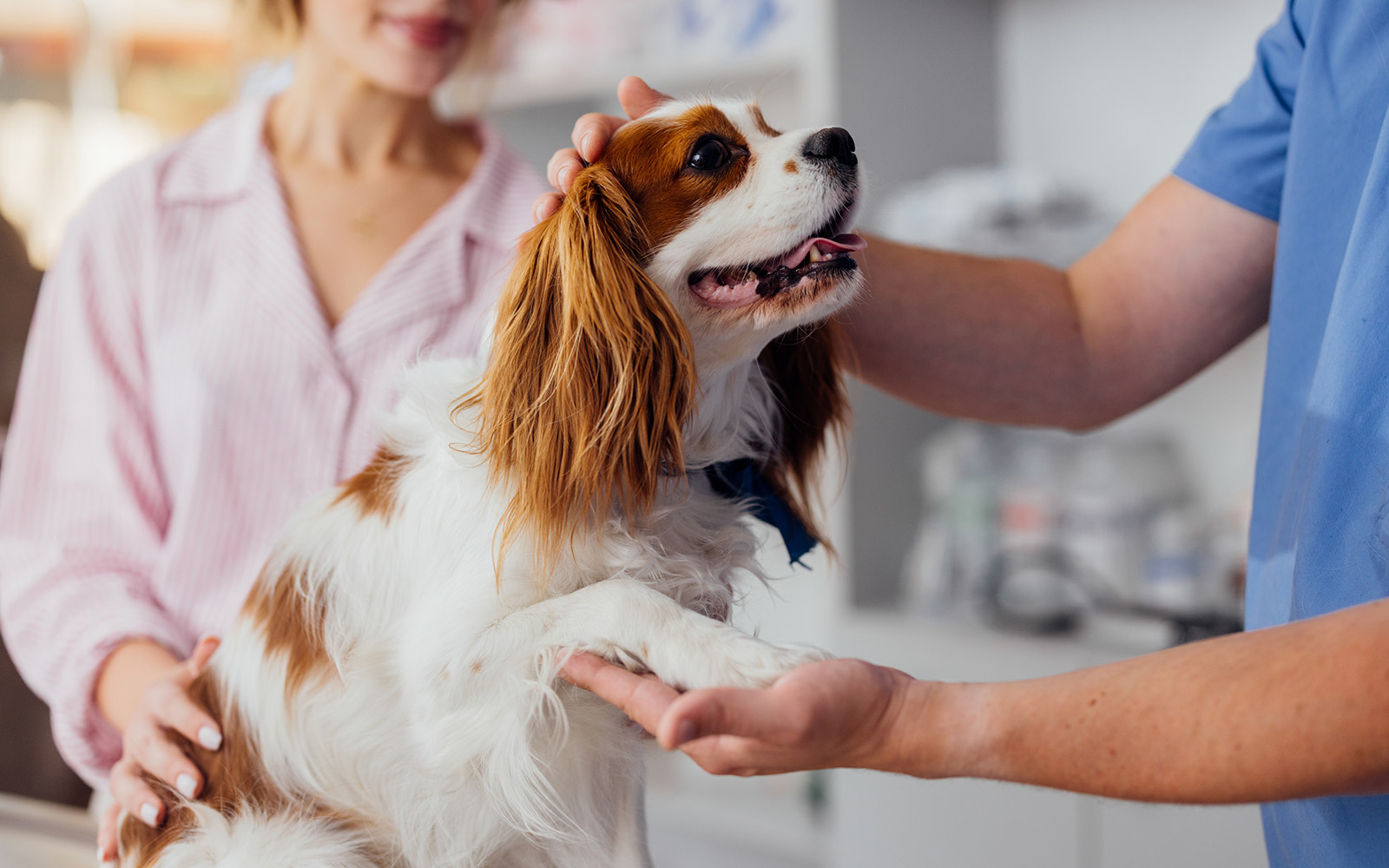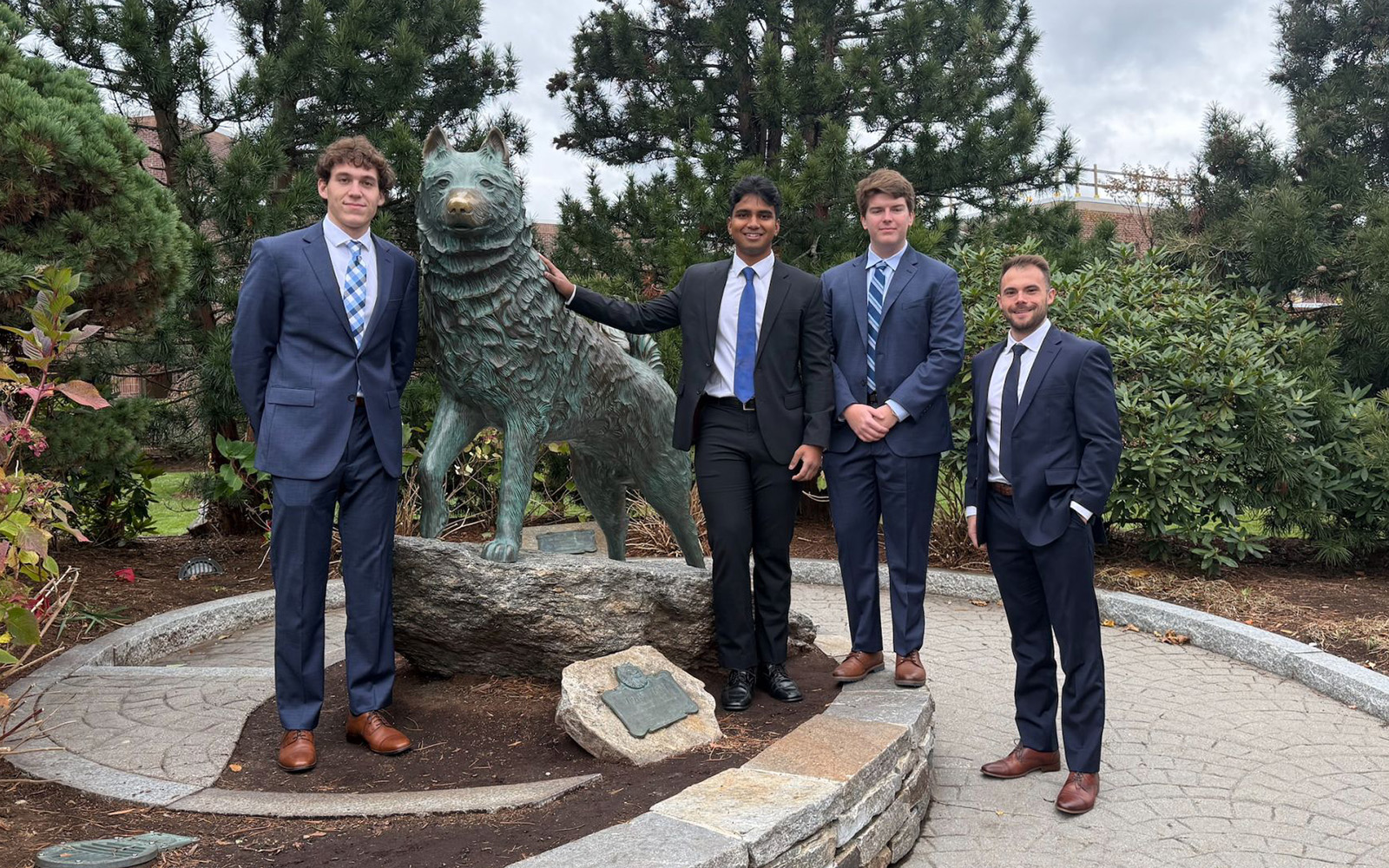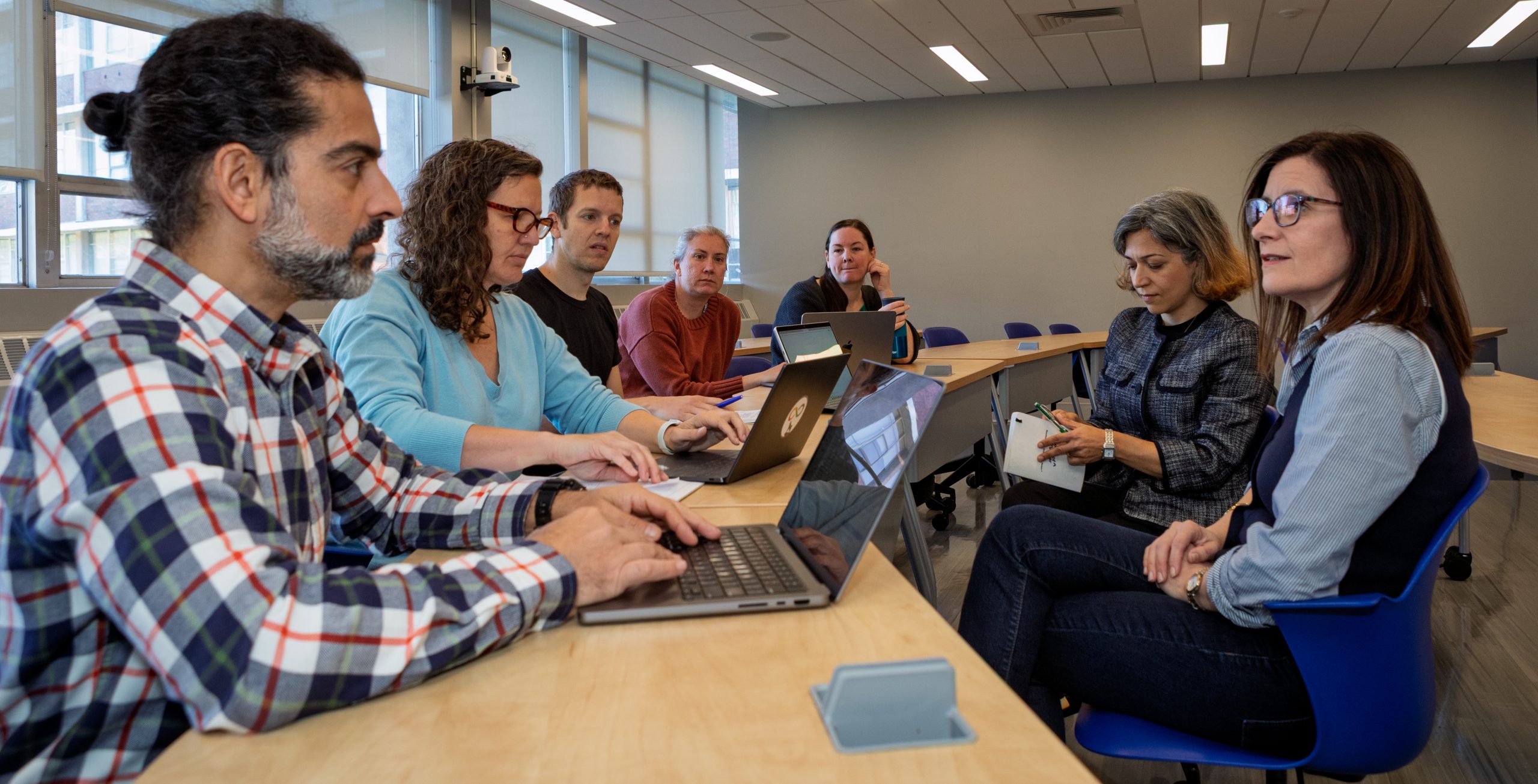 Armed with a novel product developed for their senior design project, a penchant for hard work and a creative vision, two young alumni, Mike Gionfriddo and Chris Ladden (Electrical & Computer Engineering ’06) founded a company on the eve of graduation. The open source company, Liquidware (www.liquidware.com) emerged from the success of their Digital Dashboard project, which they designed and built during their senior year under the guidance of Dr. Rajeev Bansal, associate department head of Electrical & Computer Engineering.
Armed with a novel product developed for their senior design project, a penchant for hard work and a creative vision, two young alumni, Mike Gionfriddo and Chris Ladden (Electrical & Computer Engineering ’06) founded a company on the eve of graduation. The open source company, Liquidware (www.liquidware.com) emerged from the success of their Digital Dashboard project, which they designed and built during their senior year under the guidance of Dr. Rajeev Bansal, associate department head of Electrical & Computer Engineering.
The senior design experience is the culminating project for all engineering students, in which seniors apply the principles they have learned throughout their undergraduate years toward the design and development of a genuine product or process intended to solve a design challenge.
In a recent interview, Chris Ladden spoke with us about the start-up company, its products and customers, and how the senior design experience led to the formation of Liquidware, a young firm that offers a spectrum of products, including cables, components, kits, modular devices, open engines, etc., for a range of do-it-yourself electronic applications. Among the company’s products are OLED touch screens, joystick shields, extender shields, core boards and all manner of computing and peripheral accessories that may be used alone or in combination with other items to create customized and unique devices. According to Chris, the focus is squarely on modularity: “Think of these pieces as LEGO® pieces. You can assemble different pieces to build anything you want.”
The company began with one product. For the Digital Dashboard, Chris and Mike – along with their third partner, Johanna Raphael – developed a graphical LCD screen that displayed auto performance parameters such as miles per gallon, RPMs, coolant temperature, air/fuel ratio, engine timing and the like. The device exploits OnBoard Diagnostics Version 2 (OBD-II), a performance sensing and monitoring system found in all passenger vehicles manufactured for sale in the U.S. beginning in 1996. Chris said the team used the OBD-II protocol to establish and process communications with the car computer for the acquisition of sensor data. The result was an embedded system that can be installed in any auto dashboard for vehicles manufactured after 1995.
The Digital Dashboard inspired the first product out of the gate for Liquidware. “We were literally finishing up the paperwork to start doing business in the State of Connecticut the night before commencement,” Chris said.
While living in the Charter Oak apartments, the two hacked up prototypes of their new Digital Dashboard product, which they custom-built and sold in their spare time. The product, now sold under the brand name LCDash, an accessory to the MegaSquirt® (an electronic fuel injection system), remains a top seller, comprising about 10% of the Liquidware product line, according to Chris. The pair continues to build and sell the units to order, and to sell them both on the Liquidware website and through a few other dealers, including an online do-it-yourself automotive products dealer, DIYAutoTune.com.
 Since 2006, Chris said, “We branched from automotive to consumer electronics. Both Mike and I are interested in high tech gadgets – Apple iPhones, BlackBerry devices, Kindletm reading devices and the like. They’re really cool, but they’re expensive. We decided we wanted to create the tools that would allow people like us to build their own gadgets.”
Since 2006, Chris said, “We branched from automotive to consumer electronics. Both Mike and I are interested in high tech gadgets – Apple iPhones, BlackBerry devices, Kindletm reading devices and the like. They’re really cool, but they’re expensive. We decided we wanted to create the tools that would allow people like us to build their own gadgets.”
The company’s products are sold online and to bulk distributors, including SparkFun Electronics. The customers for Liquidware products are a diverse lot: engineers, techies, software designers, researchers, hobbyists, students and even artists, who want the flexibility to build their own devices from scratch. “We had an artist buy some of our products. He wanted to use touch screens to present art in a new way. Software designers like to build gadgets, get a taste for the hardware as well as the software. Recently, a guy with the Department of Agriculture in New Zealand contacted us for a range of equipment, including GPS instruments. He intended to attach tracking devices to sheep so the Department could amass and analyze data concerning sheep grazing patterns, which will help ranchers decide how to design their sheep enclosures.”
Naturally, universities are also a growing market. With modular components that snap together and accessible source code and tutorials, Liquidware products have already made their way into a few classrooms and engineering labs. “Professors have talked with us about using our modular units as instructional tools for teaching their students how to develop complex systems such as power networks, for example.” It’s not always about engineering though, as courses in media arts and physical computing involve similar components – geared towards completely different projects.
Many of the products are introduced with cheeky allusions from the entrepreneurial young alumni. For a Ballistics ProtoHack Pack kit, for example, the description begins “Remember when you were stuck in the jungle, and all you needed was a ballistics, shock box in which to build your call-home radio beacon? Me too. . .” For the TankShield unit, the product description waxes “I was watching Wall-E the other day, and aside from feeling sorry for the little guy in his attempts to get a date with Eva, it also made me want to turn my Arduino into a floating, smooth white robot with lasers and surface-shaped OLEDs (aka Eva). But, I ran out of anti-gravity parts, so instead. . .”
Like many start-ups, Liquidware survives on the dedicated hard work and creativity of a few devoted weekend and evening warriors. Chris works full-time as an aerospace electrical engineer and commits his free hours to Liquidware. Another five friends work part-time for the company, and Mike recently became its first full-time employee. Another UConn engineering alum who recently joined the team is Omar Ayub (Computer Science ’07). Omar’s expertise in Java and C++ programming languages is proving extremely valuable to Liquidware’s product platform, according to Chris: “Omar is helping us better couple modularity and expand our knowledge and product range.”
Looking back on his years at UConn, Chris said his education provided a sound basis for starting a company. He also offered this advice for students who are interested in pursuing their own ventures: “The economic landscape is changing and that requires engineers to redefine the businesses of tomorrow.” He had high praise for Dr. Bansal, who taught the senior design course in ECE and who guided the Digital Dashboard project. “The senior design experience was invaluable, and I will always remember it.”


